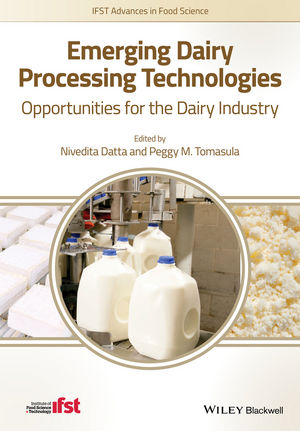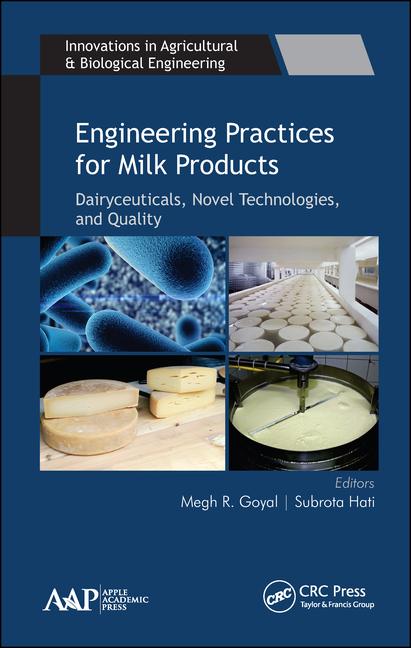The Time Has Come for Integrated Plant Assessments
Sustainability has many strange bedfellows and eccentricities. Not too long ago, the buzz was all about creating a carbon footprint, and as folks pursued carbon footprinting, the question became “do I conduct it as a Scope 1, 2 or 3 assessment?”
Sustainability has many strange bedfellows and eccentricities. Not too long ago, the buzz was all about creating a carbon footprint, and as folks pursued carbon footprinting, the question became “do I conduct it as a Scope 1, 2 or 3 assessment?”
For those of you that don’t know, a Scope 1 accounts for all of the direct emissions coming from the entity being studied - generally a fairly straightforward evaluation. Scope 2 takes it a bit further by accounting for the emissions that are associated with the indirect emissions, which relate to purchased electricity, heat and steam. Scope 3 is more complex and tries to account for all indirect emissions of the entity being studied, which includes emissions from vehicles that are not owned by the studied entity (for example, commuting or air travel), emissions from disposed waste, embodied emissions associated with the production and transportation of purchased goods, and fuels and emissions from pretty much anything else that plausibly relates to the studied entity.
Accounting for Scope 3 emissions can be a nightmare, to say the least. That is probably why I tend to focus time and attention on more palpable matters. With an integrated plant assessment, the boundaries are the processes that happen at the plant itself, namely things within our own direct control. How much energy was used? How much water was used? How much waste was generated? How do those factors relate to production? And what are the synergistic effects that really bring about the payoff that many are seeking?
Ecolab, St. Paul, Minn., has emerged as a leader in integrated plant assessments - which covers all the influent-to-effluent processes - and has completed numerous assessments in a variety of plants. It is aggressively pursuing the concept of following the water and thermal energy throughout the plant and developing opportunities for efficiencies and cost savings. Its intensive approach involves bringing in a variety of expert teams with specialized experience in boilers, cooling towers, pre-treatment solutions, cleaning and sanitation (CIP systems) and wastewater solutions. In about a week or two, the plant work is done and the opportunities are compiled. One of the beauties of taking a total plant approach is that in many cases the dynamics and interplay of changes can negatively or positively affect the intended result. By taking the total approach, the best end-game result is achieved, and frequently, the sum is better than the individual contributions.
Inroads in sustainable activities
Why has the time come to take the total plant approach? The reason is simple - we are already part of the way there and new obligations are quickly coming at us.
The U.S. dairy industry has made inroads with its sustainability activities, including the fluid milk carbon footprint and the cheese life-cycle assessment. And we are heavily involved with the Environmental Protection Agency’s Energy Star Challenge for Industry. Under the Energy Star Challenge, industrial facilities pledge to reduce their energy consumption by 10% over a 5-year time frame. The program is open to all industries, but it is the dairy processing industry that shines. With approximately 100 dairy plants entered out of 200 total industrial facilities of all types, it is clear that calculating and reducing energy per production unit is important to dairy. And, I am pleased to say that six Kroger dairy facilities and a Dreyer’s Ice Cream plant have actually already met the challenge.
One of the recent obligations coming quickly is EPA’s new boiler rules, which may require plants to conduct a one-time energy assessment for boilers that burn biomass or oil, if the boiler has a heat input capacity of 10 million BTU per hour or greater. The rule calls for among other things: an evaluation of operating characteristics of the facility, specifications of energy-using systems, operating and maintenance procedures, an inventory of major systems consuming energy from affected boilers, a list of major energy-conservation measures and a comprehensive report detailing the ways to improve efficiency.
Both the Energy Star Challenge and carbon footprint analysis are each limited to only one aspect of plant operations. For the challenge, it is all about energy used; for carbon footprints it is about greenhouse gas emissions.
However, once plant management seizes the opportunity and succeeds in one area, it is only natural to expand into other areas and seek new opportunities. So today’s Energy Star challengers will likely pursue water use and wastewater discharges tomorrow and, I suspect, many will use an integrated approach. Perhaps when that is done, they will be looking at transportation route efficiencies. While they are learning and growing from their experiences, they will be saving their facilities money and improving the environment.
As with most things sustainable, it should make economic sense and contribute to the bottom line.
Clay Detlefsen is vice president for regulatory affairs for the International Dairy Foods Association, Washington, D.C.
Sustainability has many strange bedfellows and eccentricities. Not too long ago, the buzz was all about creating a carbon footprint, and as folks pursued carbon footprinting, the question became “do I conduct it as a Scope 1, 2 or 3 assessment?”
For those of you that don’t know, a Scope 1 accounts for all of the direct emissions coming from the entity being studied - generally a fairly straightforward evaluation. Scope 2 takes it a bit further by accounting for the emissions that are associated with the indirect emissions, which relate to purchased electricity, heat and steam. Scope 3 is more complex and tries to account for all indirect emissions of the entity being studied, which includes emissions from vehicles that are not owned by the studied entity (for example, commuting or air travel), emissions from disposed waste, embodied emissions associated with the production and transportation of purchased goods, and fuels and emissions from pretty much anything else that plausibly relates to the studied entity.
Accounting for Scope 3 emissions can be a nightmare, to say the least. That is probably why I tend to focus time and attention on more palpable matters. With an integrated plant assessment, the boundaries are the processes that happen at the plant itself, namely things within our own direct control. How much energy was used? How much water was used? How much waste was generated? How do those factors relate to production? And what are the synergistic effects that really bring about the payoff that many are seeking?
Ecolab, St. Paul, Minn., has emerged as a leader in integrated plant assessments - which covers all the influent-to-effluent processes - and has completed numerous assessments in a variety of plants. It is aggressively pursuing the concept of following the water and thermal energy throughout the plant and developing opportunities for efficiencies and cost savings. Its intensive approach involves bringing in a variety of expert teams with specialized experience in boilers, cooling towers, pre-treatment solutions, cleaning and sanitation (CIP systems) and wastewater solutions. In about a week or two, the plant work is done and the opportunities are compiled. One of the beauties of taking a total plant approach is that in many cases the dynamics and interplay of changes can negatively or positively affect the intended result. By taking the total approach, the best end-game result is achieved, and frequently, the sum is better than the individual contributions.
Inroads in sustainable activities
Why has the time come to take the total plant approach? The reason is simple - we are already part of the way there and new obligations are quickly coming at us.
The U.S. dairy industry has made inroads with its sustainability activities, including the fluid milk carbon footprint and the cheese life-cycle assessment. And we are heavily involved with the Environmental Protection Agency’s Energy Star Challenge for Industry. Under the Energy Star Challenge, industrial facilities pledge to reduce their energy consumption by 10% over a 5-year time frame. The program is open to all industries, but it is the dairy processing industry that shines. With approximately 100 dairy plants entered out of 200 total industrial facilities of all types, it is clear that calculating and reducing energy per production unit is important to dairy. And, I am pleased to say that six Kroger dairy facilities and a Dreyer’s Ice Cream plant have actually already met the challenge.
One of the recent obligations coming quickly is EPA’s new boiler rules, which may require plants to conduct a one-time energy assessment for boilers that burn biomass or oil, if the boiler has a heat input capacity of 10 million BTU per hour or greater. The rule calls for among other things: an evaluation of operating characteristics of the facility, specifications of energy-using systems, operating and maintenance procedures, an inventory of major systems consuming energy from affected boilers, a list of major energy-conservation measures and a comprehensive report detailing the ways to improve efficiency.
Both the Energy Star Challenge and carbon footprint analysis are each limited to only one aspect of plant operations. For the challenge, it is all about energy used; for carbon footprints it is about greenhouse gas emissions.
However, once plant management seizes the opportunity and succeeds in one area, it is only natural to expand into other areas and seek new opportunities. So today’s Energy Star challengers will likely pursue water use and wastewater discharges tomorrow and, I suspect, many will use an integrated approach. Perhaps when that is done, they will be looking at transportation route efficiencies. While they are learning and growing from their experiences, they will be saving their facilities money and improving the environment.
As with most things sustainable, it should make economic sense and contribute to the bottom line.
Clay Detlefsen is vice president for regulatory affairs for the International Dairy Foods Association, Washington, D.C.
Looking for a reprint of this article?
From high-res PDFs to custom plaques, order your copy today!








